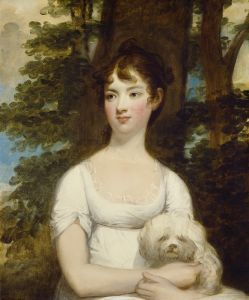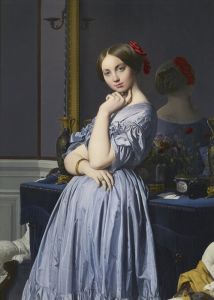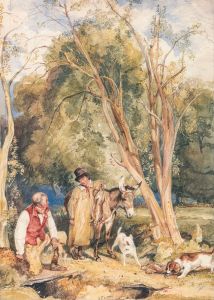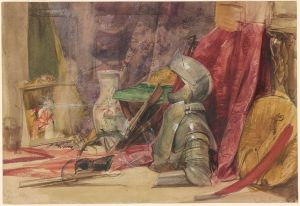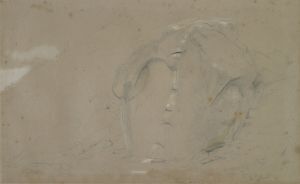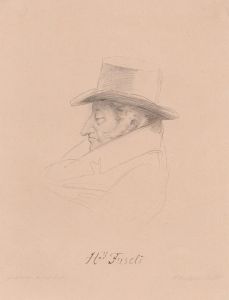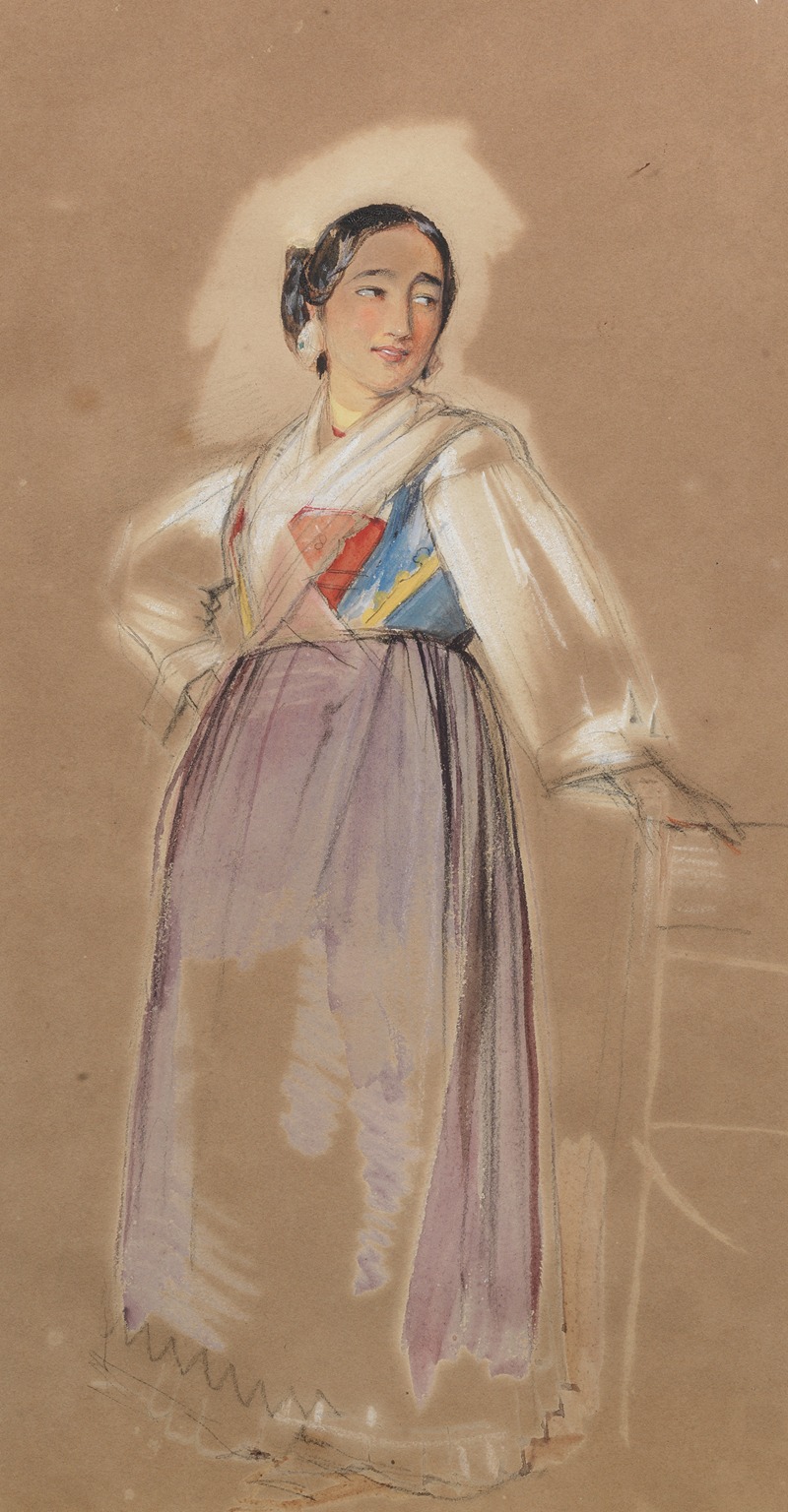
A Spanish woman
A hand-painted replica of John Frederick Lewis’s masterpiece A Spanish woman, meticulously crafted by professional artists to capture the true essence of the original. Each piece is created with museum-quality canvas and rare mineral pigments, carefully painted by experienced artists with delicate brushstrokes and rich, layered colors to perfectly recreate the texture of the original artwork. Unlike machine-printed reproductions, this hand-painted version brings the painting to life, infused with the artist’s emotions and skill in every stroke. Whether for personal collection or home decoration, it instantly elevates the artistic atmosphere of any space.
John Frederick Lewis was a British painter known for his detailed and vibrant Orientalist works. However, "A Spanish Woman" is one of his lesser-known pieces, and there is limited information available about this specific painting. Lewis was born in London in 1804 and became renowned for his depictions of Middle Eastern and Mediterranean scenes, often characterized by their meticulous attention to detail and vivid color palettes.
Lewis's artistic career began under the influence of his father, Frederick Christian Lewis, who was an engraver. He initially focused on animal and sporting subjects, which were popular in early 19th-century England. However, his artistic direction shifted significantly after his travels across Europe and the Middle East. These journeys profoundly impacted his work, leading him to explore themes and subjects beyond the British Isles.
In the 1830s, Lewis traveled extensively, visiting Spain, Italy, Greece, and Turkey. His time in Spain likely influenced his creation of "A Spanish Woman." During this period, he was captivated by the local cultures, costumes, and architecture, which became recurring elements in his art. Lewis's Spanish works often reflect his interest in the traditional attire and customs of the region.
"A Spanish Woman" would have been created during or after Lewis's travels in Spain, capturing the essence of Spanish culture through the lens of a foreign artist. While specific details about the painting are scarce, it can be inferred that Lewis applied his characteristic style to depict the subject with precision and vibrancy. His works are known for their rich textures and intricate details, which bring his subjects to life.
Lewis's paintings often reflect a blend of realism and romanticism, capturing the exotic allure of foreign lands while maintaining a high level of accuracy in the portrayal of costumes and settings. This approach was typical of the Orientalist movement, which sought to depict the East and other foreign cultures through a Western perspective.
After returning to England in the 1850s, Lewis continued to produce works inspired by his travels. He became a member of the Royal Academy and exhibited his paintings regularly, gaining recognition for his unique style and subject matter. Despite the popularity of his Orientalist works, his Spanish-themed paintings, such as "A Spanish Woman," remain an integral part of his artistic legacy, showcasing his versatility and keen eye for cultural detail.
In summary, while specific information about "A Spanish Woman" by John Frederick Lewis is limited, it is likely a reflection of his experiences and observations during his travels in Spain. The painting exemplifies Lewis's ability to capture the essence of a culture through detailed and vibrant portrayals, contributing to his reputation as a prominent figure in 19th-century British art.








